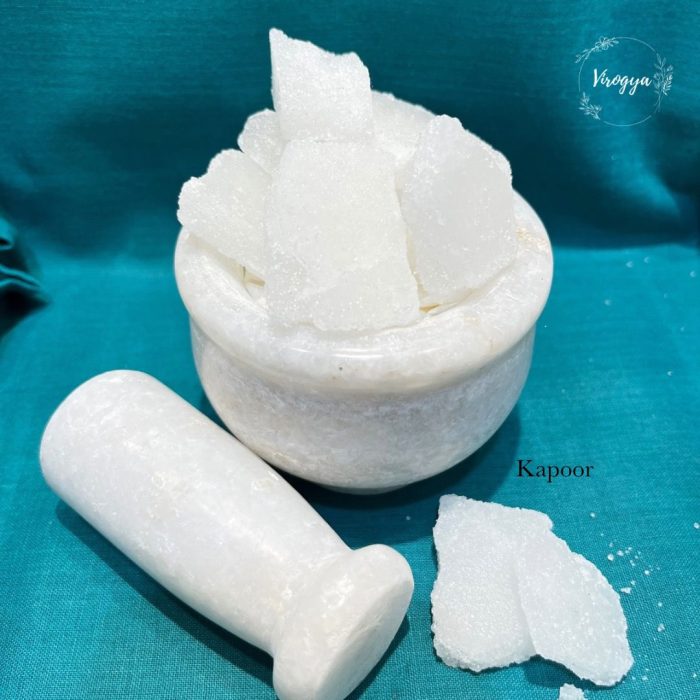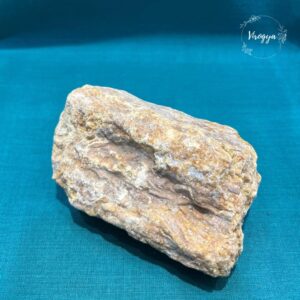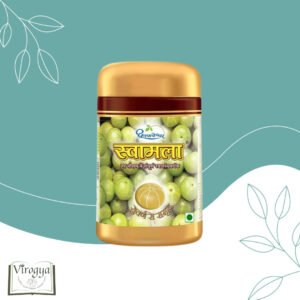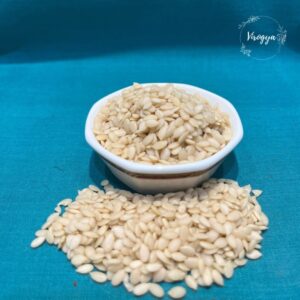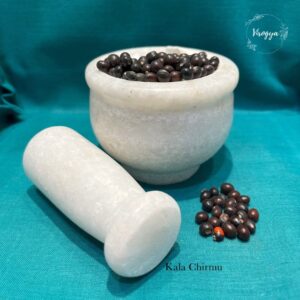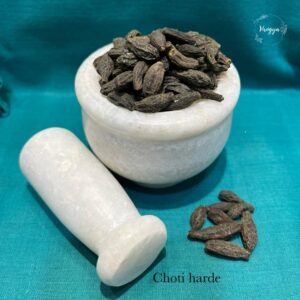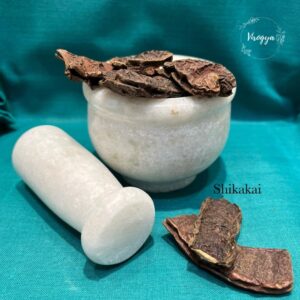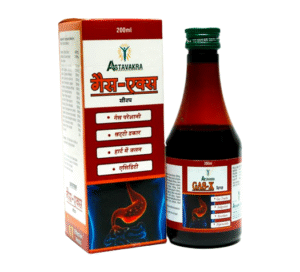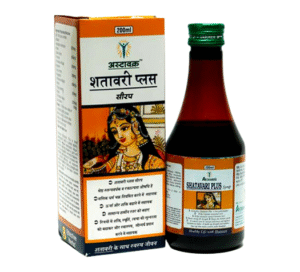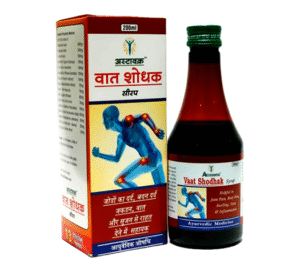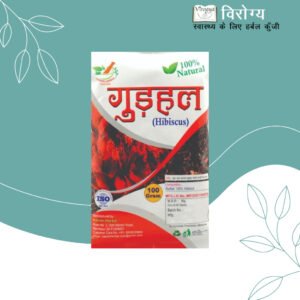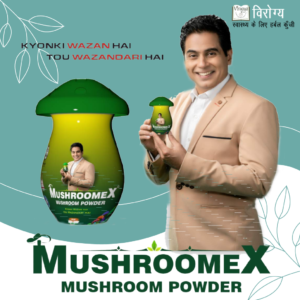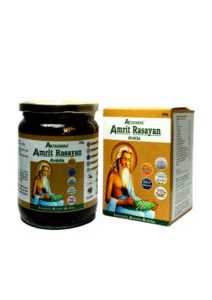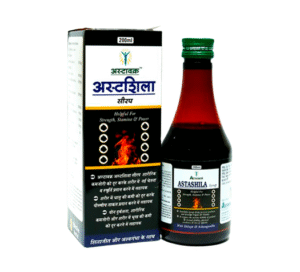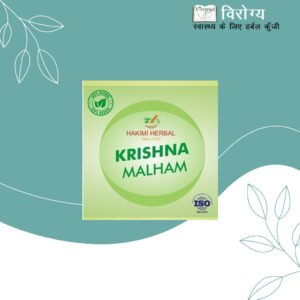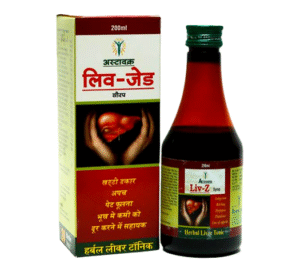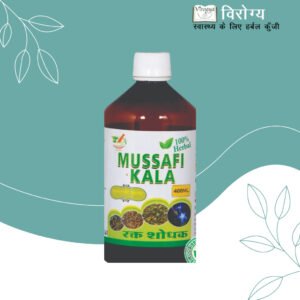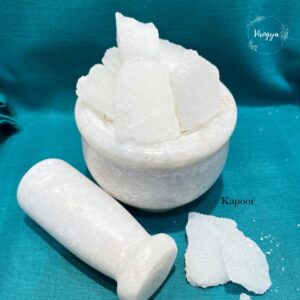Kapur
Uses
- Religious and Spiritual Uses:
- Commonly used in Hindu religious rituals and poojas for purification and offering to deities.
- Burning camphor is believed to ward off negative energies and purify the environment.
- Medicinal Uses:
- Used in Ayurvedic and traditional medicine to treat colds, coughs, and congestion by inhaling its vapors.
- Applied topically to relieve muscle pain, inflammation, and skin irritations.
- Used in balms and ointments to provide relief from headaches and joint pain.
- Aromatherapy:
- Camphor is used in essential oils and diffusers for its soothing and calming effect on the mind and body.
- Household Uses:
- Used as a natural insect repellent, especially against mosquitoes and cockroaches.
- Helps eliminate bad odors when placed in wardrobes and storage areas.
- Industrial Uses:
- Camphor is an ingredient in the production of plasticizers, explosives, and disinfectants.
- Used in the manufacturing of medicinal products such as liniments and vaporizers.
Camphor, commonly known as Kapur in Hindi, is a white, crystalline substance with a strong, aromatic odor. It is derived from the wood of the camphor tree (Cinnamomum camphora) or synthesized from turpentine oil. Camphor has been widely used for centuries in various cultural, medicinal, and household applications.
Properties of Camphor
- Appearance: White or transparent crystalline solid
- Odor: Strong, pungent, and aromatic
- Taste: Bitter and cooling
- Solubility: Soluble in alcohol, ether, and chloroform but slightly soluble in water
- Flammability: Highly flammable
Precautions and Side Effects
- Ingestion of large amounts of camphor can be toxic, leading to nausea, dizziness, and even seizures.
- Should not be applied to open wounds or broken skin.
- Keep away from children and pets due to its toxicity if consumed.
| Weight | 100GM, 250GM, 500GM |
|---|





